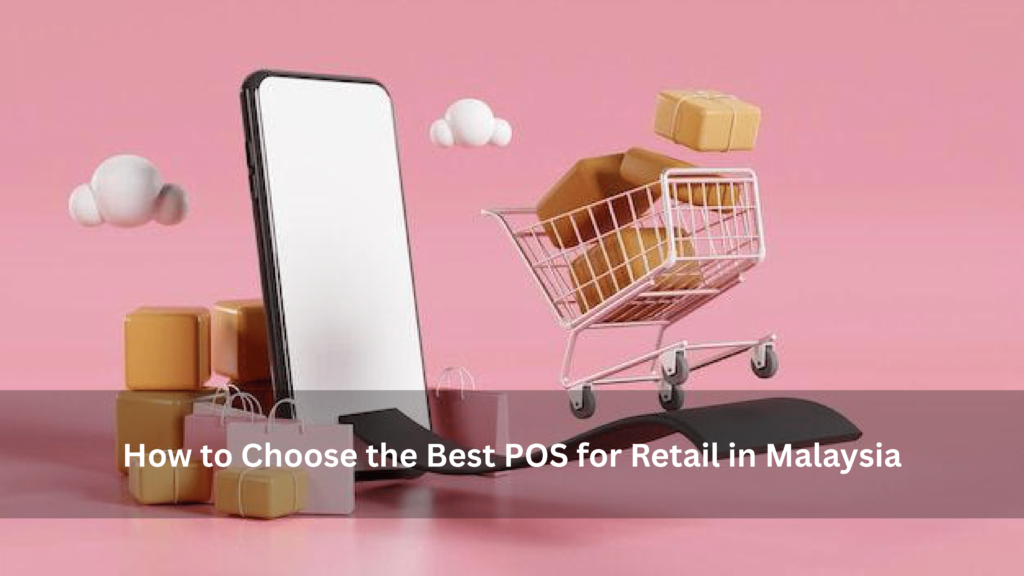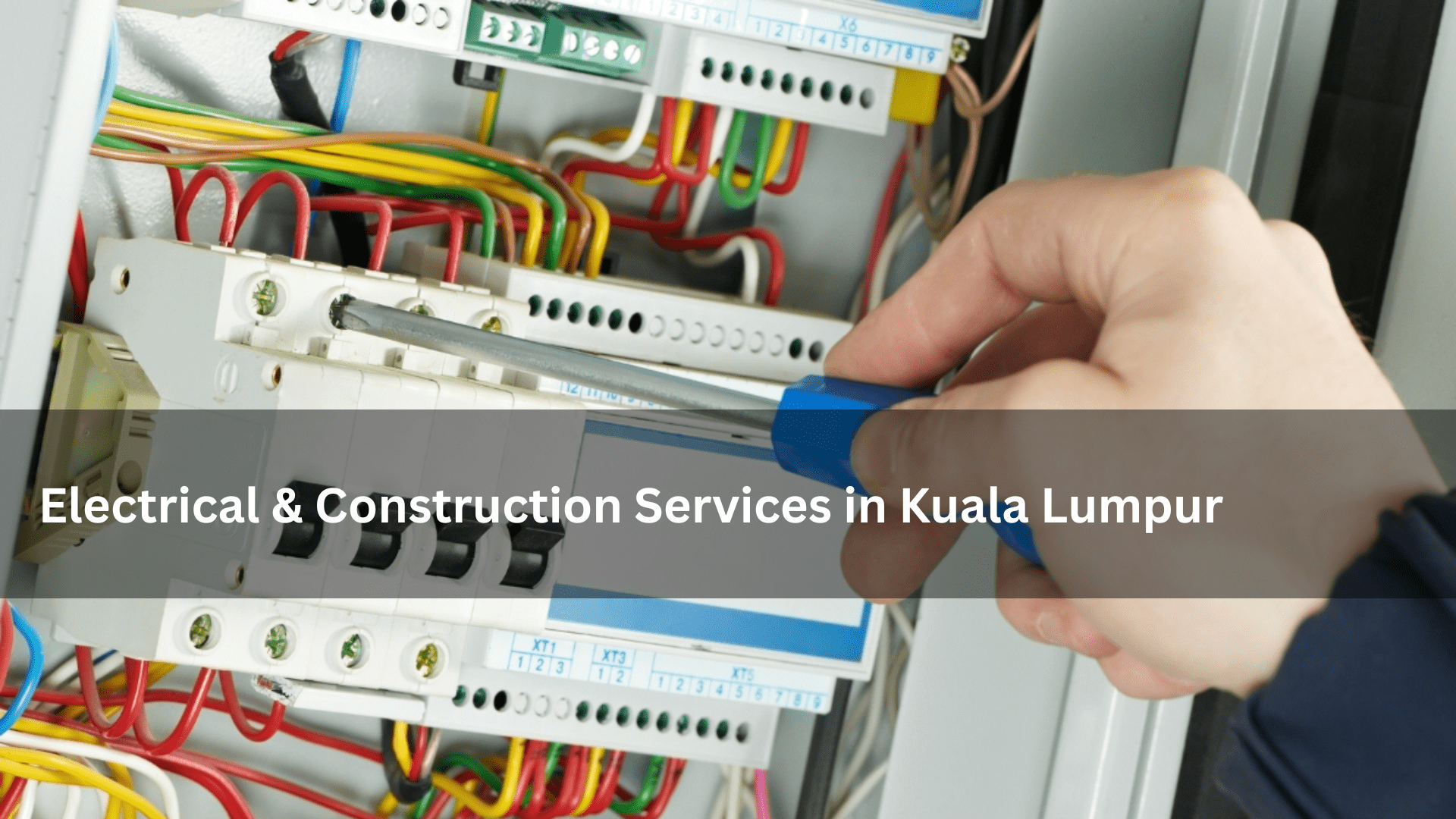How to Choose the Best POS for Retail in Malaysia
The retail industry in Malaysia is growing rapidly with increasing competition and evolving consumer expectations. To stay ahead, retail businesses need reliable tools that not only streamline operations but also enhance customer experiences. One of the most critical tools is a POS for Retail Malaysia — a point-of-sale system tailored to local business needs.
In this comprehensive guide, we’ll explore how to choose the best POS for retail in Malaysia, with a focus on essential features, considerations, and the impact on business growth. Whether you run a boutique, convenience store, or a retail chain, this article will help you make an informed decision.
1. What is a POS for Retail Malaysia?
A point-of-sale (POS) system is the central hub for processing sales transactions. But a modern POS for retail Malaysia goes far beyond sales—it integrates inventory, customer data, reporting, and payments. It acts as a digital assistant for both front-end staff and business owners.
Why It Matters
It automates key tasks, reducing human error
It supports multiple payment types used in Malaysia (e-wallets, cards, QR code payments)
It integrates with eCommerce and delivery platforms
2. Key Features of POS for Retail Malaysia
When evaluating a POS system, look for features that match your business model. Here are seven essential H2 features that must be considered:
a. Inventory Management in POS for Retail Malaysia
Your POS should track stock in real-time, alert you to low stock levels, and support product variants (size, color, etc.).
b. Sales Reporting and Analytics in POS for Retail Malaysia
Data-driven decisions are crucial. Choose a system with customizable reports, sales tracking by time/staff/product, and export options.
c. Payment Integration for POS for Retail Malaysia
Malaysian retailers need POS systems that support:
GrabPay
Touch ‘n Go
Boost
Credit cards
DuitNow QR
d. Multi-Location Support in POS for Retail Malaysia
Whether you have one store or ten, a good POS for retail Malaysia should centralize operations and analytics.
e. User-Friendly Interface in POS for Retail Malaysia
Your staff should be able to learn the system quickly. Touchscreen compatibility and simple workflows help reduce training time.
f. Loyalty and CRM Integration in POS for Retail Malaysia
Build customer loyalty by tracking purchases, issuing reward points, and offering targeted promotions.
g. Cloud-Based Access in POS for Retail Malaysia
Cloud-based POS systems allow you to manage your business from anywhere in Malaysia, monitor performance remotely, and back up data automatically.
3. Adapting POS for Retail Malaysia to Local Conditions
Not every POS works equally well across countries. When choosing a POS for retail Malaysia, ensure it’s designed for:
Local tax systems (SST compliance)
Multiple languages (English, Bahasa Malaysia, Mandarin)
Popular payment trends in Malaysia
Integration with local delivery services like Lalamove or GrabExpress
4. POS for Retail Malaysia: Essential Hardware Requirements
Some POS systems come with all-in-one hardware kits, while others require separate purchases. Common hardware components:
Touchscreen monitor or tablet
Barcode scanner
Receipt printer
Cash drawer
Customer display
Choose hardware that integrates seamlessly with your POS software. Many providers in Malaysia offer bundled hardware + software packages.
5. Cloud-Based vs. On-Premise POS for Retail Malaysia
Retailers must choose between cloud-based and on-premise POS systems. Each has pros and cons:
Cloud-Based POS for Retail Malaysia
Accessible from anywhere
Automatic updates
Monthly subscription model
On-Premise POS for Retail Malaysia
More control over data
One-time purchase model
Requires manual updates and IT support
In Malaysia, cloud-based systems are gaining popularity due to flexibility and remote management features.
6. Support and Training for POS for Retail Malaysia
Choose a vendor with strong local support in Malaysia. This includes:
Onboarding and training for your staff
24/7 technical support
Regular system updates
Some of the top POS for retail Malaysia vendors offer support centers in Kuala Lumpur, Penang, and Johor Bahru.
7. Cost and ROI of POS for Retail Malaysia
POS systems are an investment. Costs vary based on:
Licensing model (subscription or one-time)
Number of users/devices
Hardware needs
Calculate ROI by considering how the system will:
Reduce manual work
Improve inventory control
Increase sales through analytics and loyalty programs
8. Common Mistakes When Choosing POS for Retail Malaysia
Avoid these errors when choosing a POS for retail Malaysia:
Selecting based solely on price
Ignoring integration capabilities
Choosing a generic POS not built for Malaysian businesses
Skipping demo/trial periods
9. Real Business Examples Using POS for Retail Malaysia
Case Study 1: Fashion Boutique in Klang Valley
Implemented a POS system with inventory sync and CRM integration. Sales grew 18% due to targeted promotions.
Case Study 2: Chain of Mini Markets in Penang
Switched to cloud POS for retail Malaysia, allowing HQ to track real-time sales from all outlets.
10. Steps to Choose the Best POS for Retail Malaysia
Define your business needs and budget
Shortlist POS systems based on features
Request demos from vendors
Test the POS with real transaction scenarios
Review customer support and after-sales service
Check for local tax/payment/language support
Compare pricing plans and future scalability
Final Thoughts on POS for Retail Malaysia
Choosing the right POS for retail Malaysia is a strategic decision. It affects your daily operations, customer satisfaction, and long-term growth. By focusing on local compatibility, essential features, and ongoing support, you can find a system that truly elevates your retail business.
Invest the time to evaluate your options thoroughly—your business success depends on it.










